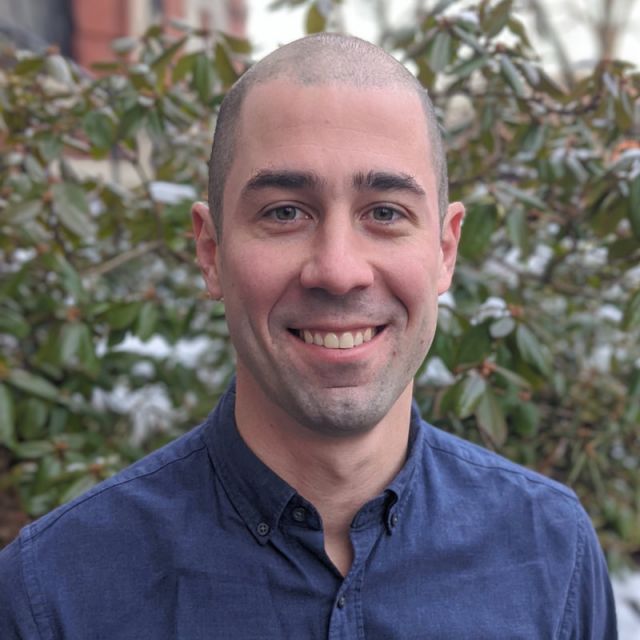
Matthew Kutys
Decoding morphogenic instruction in human biomimetic systems
The coordination of transcriptional programs and the physical organization of cells sculpt
developing tissues, drive tissue regeneration, and, when dysregulated, facilitate disease.
However, our understanding of the interplay between gene regulatory networks and mechanics is nascent, particularly when defining relevance during complex three-dimensional (3D) tissue morphogenic events. This is due, in part, to limitations in the ability to dissect molecular and mechanical mediators of morphogenic processes in model organisms, as well as the inability to relate signaling to morphogenesis in traditional two-dimensional (2D) planar cell culture models. To meet this challenge, we have developed a series of human biomimetic culture platforms that incorporate 3D organotypic architectures and permit the study of human tissue development, regeneration, and pathogenesis with unprecedented resolution and biological control. Combining these platforms with new molecular and microscopy-based methods, we have gained fundamental insight into the orchestration of multicellular behavior and signaling at cell adhesive interfaces across diverse morphogenic settings that range from the genesis of human Mycobacterium tuberculosis granulomas to the coordinated assembly and maintenance of human microvascular networks. Notably, our recent work has uncovered a separate putative signaling mechanism for the ubiquitously important Notch family of receptors, termed ‘cortical signaling’, in which activation of Notch leads to adhesion and cytoskeletal rearrangements by catalyzing protein-protein interactions at cell-cell adherens junctions. These studies collectively now establish how a single receptor can link transcriptional programs with adhesive and cytoskeletal remodeling and have led to a new appreciation of the role of Notch receptor activation during tumor suppression.
Bio: Dr. Matt Kutys is an emerging leader in Bioengineering. He is of the 21st century, comfortable in utilizing various tools of mechanobiology, microfluidics, cell and tissue engineering, Crispr-9, biomimetics and organ on chips technology to delve into the mechanics of cell behavior and fate decisions that control tissue-level behavior. He engineers new organotypic models of human tissues that offer a peek into typically inaccessible morphogenic events such as early events in cancer, Alzheimer’s, and tuberculosis. In 2018, he uncovered a novel role for the transmembrane protein Notch1 receptor, controlling leaky blood vessel function. This discovery motivated him to explore how a critical, single receptor might coordinate fate and shape change across diverse morphogenic settings. More recently, he was the first to use an organotypic 3D model of human mammary ductal tissue to study diverse forms of ductal morphogenesis in an in vitro setting, using a new microfluidic-based, biomimetic model of a vascularized human breast duct. This study provides the conceptual framework for using biomimetic models to study early behavioral events in human cancers.
Dr. Kutys joined UCSF as an Assistant Professor in the Department of Cell and Tissue Biology. He received his undergraduate degree in Bioengineering from Penn State and, in 2014, earned his PhD from the University of North Carolina at Chapel Hill and the NIH, under the mentorship of Dr. Kenneth Yamada. He completed his postdoctoral training with Dr. Christopher Chen of Boston University and Harvard’s Wyss Institute in 2019. Dr. Kutys is a dedicated mentor and teacher and is the current Graduate Student Advisor of the joint UCSF-UC Berkeley Bioengineering graduate program. He is a UCSF Diversity champion and in 2021, was selected as one of 35 young faculty under 35 who are tackling new issues and new challenges that will inspire materials science in the future.